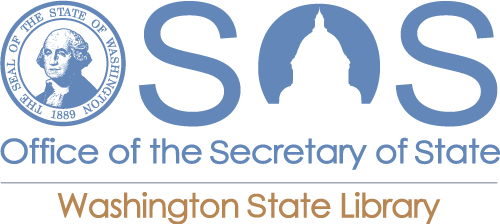What is the difference between a primary and secondary source?
-
Browse:
- All
-
Groups
- AskWA
- Bates Technical College FAQ
- Bellevue College Library FAQ
- Bellingham Technical College Library FAQ
- Centralia College Library FAQ
- Clark College Library FAQ
- Edmonds College FAQ
- Grays Harbor College Library FAQ
- Grays Harbor College Library Library Login Problems Checklist
- Green River College Library FAQ
- Lake Washington Institute of Technology Library FAQ
- Lower Columbia College Library FAQ
- Olympic College Libraries FAQ
- Pacific Northwest University of Health Sciences Library FAQ
- Renton Technical College Library FAQ
- Seattle Central College FAQ
- Shoreline Community College Library FAQ
- Skagit Valley College Library FAQ
- South Puget Sound Community College FAQ
- Spokane Community College Library FAQ
- Spokane Falls Community College Library FAQ
- Washington State Library FAQ
- Whatcom Community College FAQ
- WSL Ask-Us-Anything
- Z - Eastern Washington University Library FAQ
- Z - TRL Public FAQ
- Topics
Answer
A primary source is a first-hand account of someone's direct experience with an event or topic and is often created during the event or soon after. But since primary sources are first-hand experiences, sources such as memoirs or autobiographies that are created later are also considered primary sources. A secondary source analyzes or interprets primary sources and is further removed from the actual event. In sum:
Primary Sources
- First-hand accounts (or first-hand experience)
- Original documents, artifacts or other objects from the event or time period
Secondary Sources
- Second-hand accounts (without first-hand experience)
- Analyzes, interprets, or summarizes events, findings, or discoveries
What are some examples?
Primary Sources:
- Interviews, diaries/journals, email, social media, newspapers
- Photographs, posters, paintings, sculptures, artifacts
- Autobiographies, songs, original literary works, speeches
- Government documents
- Original research (example: research studies, scientific experiments), data sets
Secondary Sources:
- Textbook, book, or book chapter about a topic
- Reviews of a work (example: a book, an artwork, legislation), magazines, newspapers
- Biographies, literary criticism
- Scholarly journal articles that discuss a topic or reviews research or data
- Documentaries
Things to Note
- We identify a primary source based on its content. For example, a speech is still a primary source whether you are reading a transcript of it or listening to a recording.
- Always check with your instructor's or assignment guidelines to help determine what is acceptable as a primary or secondary source for your paper.
Need research help? Reach us through the Ask a Librarian chat service or by emailing reference@bellevuecollege.edu.
Check out:
- This page from one of our LibGuides about primary and secondary sources
- Our list of databases to find primary sources (you will be asked to log in with your BC email address and the password you use for Canvas to access databases). Sample databases include:
- ARTstor: Digital images of artwork from around the world
- Statista: Statistics, market research and business intelligence data
- U.S. Newstream: Regional and national news from across the country; includes publications from The New York Times, the Wall Street Journal, Washington Post, and many others
- Subject-specific and multisubject databases for original research, such as:
- American Memory: An online resource from the Library of Congress that includes a rich collection of primary source materials, including maps, prints and photographs, and sound recordings
Links & Files
- Last Updated:Last Updated: Jun 06, 2023
- Views: 1799 FAQ Views
- Answered By: Lisa Lapointe
Was this helpful? 2 0




